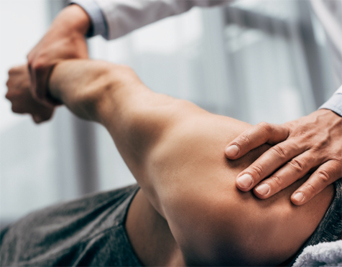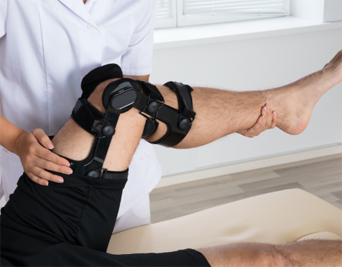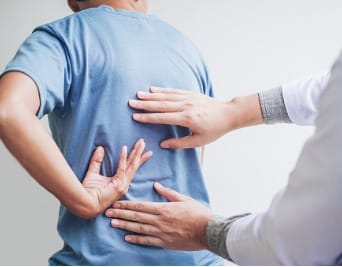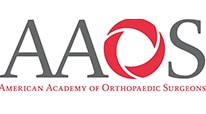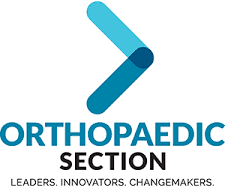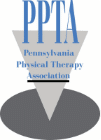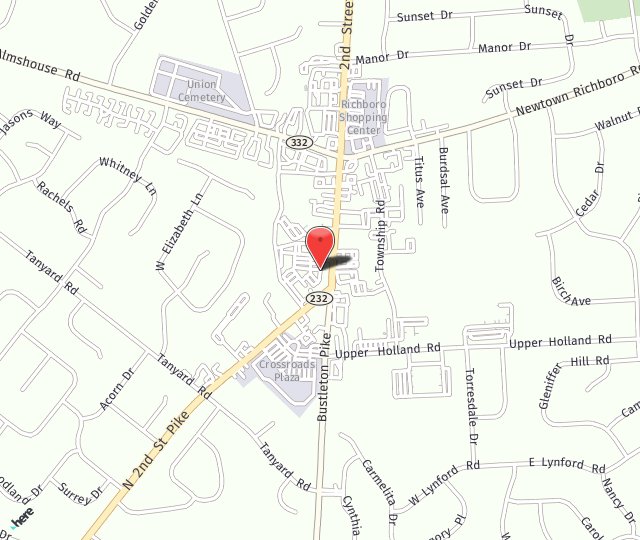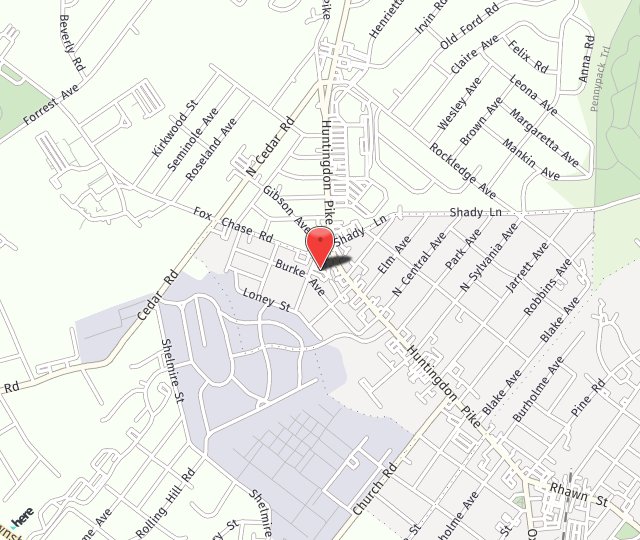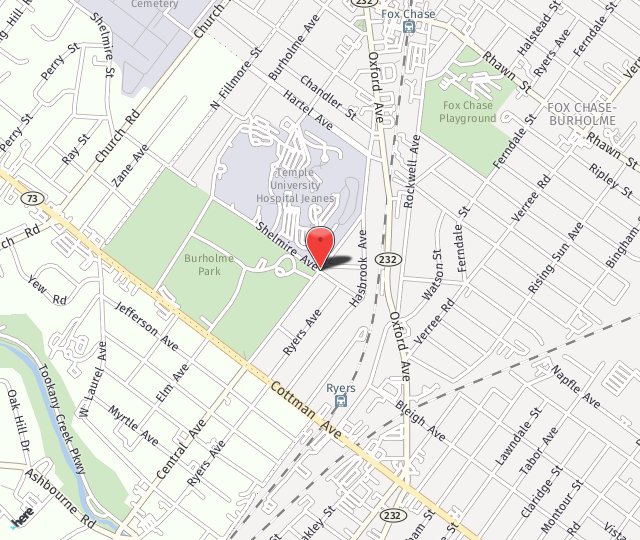Common Causes of Hand and Wrist Pain
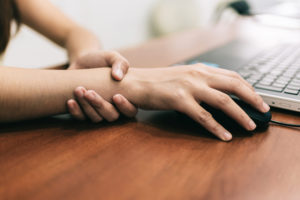
Your Hands and Wrists are a wonder of movement. As an ellipsoidal type synovial joint, allowing for movement along two axes, and connects with the complex joints of the hand for a wide range of motion. With this range of motion comes the risk for injury and pain.
Wrist or Hand pain can also result from simple wear and tear—problems that commonly begin between the ages of 20 and 40.
Our orthopedics specialists can help evaluate and treat your elbow pain. Whether you need emergency help, physical therapy to heal from a sports-related injury, or a consult with an orthopedic doctor for medication or surgery, our team will guide you through diagnosis and an effective treatment plan. Here are common causes of elbow pain—and when to get help.
Symptoms include:
- numbness or tingling in the hand
- pins and needles in the hand
- tenderness
- dull ache deep inside the wrist or hand
- pain that interferes with falling or staying asleep
Dupuytren’s Contracture
Dupuytren’s contracture is an abnormal thickening of the palmar fashion beneath the skin. This thickening in the palm can extend the fingers and cause contractures. On the hand, pits and bumps in court skin developed causing the fingers to bend down and contract. The cause of Dupuytren’s contracture is unknown but there is a genetic association with people over the age of 40 and of Northern European ancestry. There is no proven evidence that hand injuries or vocation can lead to a higher risk of developing this condition. Dupuytren’s contractures typically not painful but can be uncomfortable in some people. As the condition progresses it will be difficult for patients to place the hand flat on surface. Progression of the condition is based upon the age of initial presentation and other factors that are difficult to predict.
Symptoms include:
- usually involve cords, lumps in pits in the palm
- these areas are typically firm and stuck to the skin
- these can cause the fingers to bend towards the palm, more commonly the ring and small fingers
- In many cases both hands are involved but each and can be affected differently
Fingertip Injuries
Overall fingertip injuries are very common injuries for the hand. The fingers are exposed for injury in many of her activities daily.
Symptoms include:
- crushing, being closed the door or from appliances
- the finger tip injury can result in damage to the bone, nail bed, tendons and skin
- nerve endings in the finger tips can also be damaged
Flexor Tendon Injuries
Most commonly flexor tendon injuries occur from lacerations or cuts. A laceration to the upper extremity can result in injury to the skin as well as the flexor tendon. The patient will present with inability to flex the fingers thumb or even wrist. Non all tendon injuries are due to lacerations but can be from avulsions or ruptures.
Symptoms include:
- if the tendon is ruptured or lacerated common the patient will be unable to remove part of the hand or arm
- the severity of injury is dependent upon the location of the injury
- the tendons run close to arteries and nerves so there may be considerable bleeding as well as numbness after an injury
Ganglion Cysts
Ganglion cysts are fluid-filled masses around the hand and wrist that can occur from joints or tendons. They are very common overall and are benign mass. They can be found around the wrist as well as the fingers. The cyst may fluctuate in size and some may spontaneously resolve.
Symptoms include:
- ganglion cyst may be painful or painless
- may also be firm or soft
- the diagnosis is usually made based upon the appearance and location
- light is passed through the masses to assist with the diagnosis
Hand Fractures
Fractures of the bones in the hands can prevent you from using the hand, wrist and fingers. There are variations of fractures in treatment is based upon whether the bones are well aligned or not from the injury.
Symptoms include:
- pain and stiffness
- difficulty with motion
- deformities
Mallet Finger
Mallet fingers caused when the extensor tendon that allows straightening of the fingers injured. When the finger or thumb is forcibly bent from a ball or of the object striking it, the tendon can tear from the bone and cause inability to extend the finger. This condition is sometimes referred to as baseball finger.
Symptoms include:
- with mallet finger, the patient cannot straighten the finger on their own power
- the finger tip drops into a flexed position and can be painful and swollen
Osteoarthritis
Osteoarthritis is a degenerative joint disease where the cartilage that covers the bone surfaces at the joints either is injured or wears over time. If the smooth surfaces that covers bones wears out, then arthritis develops. Injury, infection gout, psoriasis, and other conditions can also cause arthritis of the hand.
The 3 most common sites were arthritis occurs in the hand include the following:
- base of the thumb with the wrist and thumb comes together called basal joint arthritis
- at the joint closest to the finger tip (distal interphalangeal joint)
- at the middle joint of the finger (proximal interphalangeal joint)
Rheumatoid Arthritis
Rheumatoid arthritis is 1 of the most common forms are for arthritis affecting the hand. It is due to a systemic condition where the cells that lined and lubricate joints are affected. The joint lining become swollen and arose the cartilage and bone from this condition. The condition can progress to affecting ligaments that result in deformity and instability. It most commonly occurs in the hand at the finger knuckles over the metacarpophalangeal joint and proximal interphalangeal joint.
Symptoms include:
- swelling and pain to the joints of the hand
- lumps over the fingers
- creating sound during motion
- shifting of the fingers
- inability to straighten or bend certain fingers
- development of deformity
Skin Cancer
Cancers his resolve skin cells changing in the body ingrowing abnormally. These cancers cell skin and bathe the rest severe body and a process called metastasis. Our skin is the most common part of our body where cancer can develop. Squamous cell carcinoma is the most common type of skin cancer of the hand and upper extremity followed by basal cell carcinoma and melanoma. Skin cancer may be associated with chronic light exposure, immune suppression as well as the fair complexion.
Symptoms include:
Squamous Cell Carcinoma
- may look like small, firm nodules on the skin
- they are often brown or tan in color
- may result in scales, ulcers, bleeding, or crusting
Basal Cell Carcinoma
- appears as small, well-defined nodules with a translucent, pearly border
- these too may ulcerate and look like a chronic sore
Melanoma
- often looks like moles or birthmarks
- these lesions should be examined for any:
- asymmetry, irregular borders
- variations in color within the lesion
- diameter greater than 1/4 inch
- evolving changes over time
Thumb (CMC) Arthritis
Thumb arthritis 2nd most common type of arthritis in the hand. It is overall more common in women. There is a genetic component to this condition. Trauma can contribute to this condition as well. Activities relying on use of the thumb may cause pain in the base of the thumb, especially with pinching, grasping or gripping.
Symptoms include:
- swelling or stiffness at the base of the thumb
- as this condition progresses, the pain and weakness may increase along with decreasing range of motion
Thumb Sprains
The most ligament to be injured the thumb is the ulnar collateral ligament at the metacarpophalangeal joint. Injury to this ligament was sometimes referred to his skier’s thumb because of the common association with a ski pole. Some sprains often occur from when the thumb is bent back in an awkward position such as with the athletic competition when falling to the ground or hitting a ball or opponent.
Symptoms include:
- the thumb will usually swell after a sprain
- the pain may last for several weeks
- may have trouble writing, turning a doorknob or holding on to a cup
Trigger Finger
Trigger finger occurs when the tendon sheath lining becomes too thick and does not allow the tendon to glide smoothly. Patient will have locking and loss of motion involving the finger.
Symptoms include:
- may begin as pain at the base of the finger and progressed to loss of motion
- triggering and locking of the digit
Carpal Tunnel Syndrome
Carpal tunnel occurs when the median nerve is pinched at the wrist. Carpal tunnel syndrome occurs when swelling in the tunnel puts pressure on median nerve.
Symptoms include:
- pain, numbness, tingling weakness of grip
- clumsiness and tendency to drop items
- symptoms typically affect the thumb, index middle and ring fingers
- symptoms are typically most felt during the night time but also can occur during daily activities
De Quervain’s Syndrome
Patients with this condition will have painful tendons on the thumb side of the wrist. In this condition the tendons can take up exercise based in the tunnel due to thickening of the soft tissues or increase in soft tissue within the tunnel. With this condition, hand and thumb motion can cause pain especially with grasping or twisting.
Symptoms include:
- a dull or sharp pain localized to the wrist
- the pain is either at the base of the thumb or wrist
Scaphoid Fractures
This is the most common small bone that is fractured in the small carpal bones of the wrist. It typically occurs from a fall on a outstretched hand.
Symptoms include:
- swelling, pain and loss of range of motion of the wrist
- this can all often be mistaken as a bad wrist sprain by patients
Delaying treatment can cause long-term problems so it is important to see a surgeon if you think you may have broken your wrist
Ulnar-Sided Wrist Pain
Ulnar-sided wrist pain is seen the pinky side of the wrist. There are many causes of this. Examination by a trained surgeon as well as diagnostic tests may be required to make the diagnosis. Some common causes of ulnar-sided wrist pain include: Wrist fractures, arthritis, ulnar impaction syndrome, triangular fibrocartilage complex injury (TFCC) – with the connection between the ulnar bone structures of the wrist is torn by injury or frayed over time, nerve injury or cord compression, and masses.
Symptoms include:
- pain, popping, and clicking on the pinky side of wrist
- decreased grip strength
- decreased or limited motion
Wrist Fractures
The most common bone to be broken in the wrist is the radius. Treatment is based upon whether the fracture is considered stable or non stable. This is determined on whether the bone moves when it is fractured. Unstable fractures typically require surgery while stable fractures may be treated with a splint or cast.
Symptoms include:
- a fractured wrist will have pain and swelling
- It may be hard for the patient to use the hand and wrist, depending upon the severity
- more severe fractures will have a significant deformity of the wrist
- patient may have also developed some numbness around the tips of the fingers
Wrist Sprains
A sprain is essentially a partial injury to a ligament and can vary in severity. Ligaments connect bone to bone.
There are many ligaments in the wrist that may be sprain. Two of the more common ligaments akin be injured are the scapholunate ligament as well as the triangular fibrocartilage complex (TFCC).
Symptoms include:
- a wrist sprain may present with swelling and pain, especially with motion the pain may be exacerbated
- the patient may have pain and swelling that can develop over several days and may last for days to six weeks
- a sprained wrist is often swollen and painful, especially with motion
- there may be bruising
To make an appointment, click here or contact us at 215.745.4050.

